 |
|
 |
|
Aichi Prefectural Miya Fisheries High School was established in 1945 and
has been the only fishery high school in Aichi.
Since then, more than 8,000 graduates have played active roles in
society. Now many of them are active in the marine products industries. The
students not only have the opportunity to learn technical subjects but achieve
certifications and licenses for the fisheries industry.
|
|
|
 |
|
Miya fisheries High School has 4 departments and 6 courses. |
|
|
 |
 |
1 Marine Science
Two courses: Fishing Industry and Engineering for Boats |
|
① Students acquire
the skills and knowledge for steering and navigating vessels. They practice
coastal fishery and sailing by embarking on the Aichi-Maru, a large training
ship, for 75 days. We train them to be fishermen, mates and so on.
② Students acquire
the skills and knowledge for operating and maintaining mainly engines and
machines for ships and boats. They practice coastal sailing and run the engine
of Aichi-Maru for 75 days. They also experience coastal engine sailing and coastal
fishing. We train them to be engineers for manufacturing industries.
|
|
|
|
|
|
|
 |
2 Communication Engineering |
|
③ Students learn
radio communications, the science of electricity and data processing. After
graduation many students go on to a two-year non-degree graduate program and play
active parts in the fields of the network communications, computer technology
and coastal tower.
|
|
|
|
|
|
 |
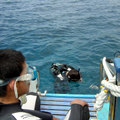 |
3 Marine Resources
Two courses: Fish Farming and Ocean Environment |
|
④ Students learn the
ecology of fish and algae, the skills for increasing and culturing the primary bait
fish. They practice diving around Amami Oshima Island, while embarking on
Aichi-Maru and observe the marine environment. Some students get jobs for fish
farming, become dive instructors and placement in aquariums.
⑤ Students learn
about fish ecology and marine life. They also investigate marine habitats and ocean
environments using ocean survey apparatuses. They practice diving around the
Ogasawara Islands and investigate salt water quality and the sourrounding ecology.
Some students get jobs for fish farming, become dive instructors and placement
in aquariums.
|
|
|
|
|
|
|
 |
4 Seafood Production |
| |
⑥ Students learn
knowledge of food and cookery, for example food hygiene law, food additives and
food processing. They train not only to make processed marine products but
bread, desserts, Japanese food, Italian food and so on. After graduation many
of them play active roles in food industries and various restaurants.
|
|
|
 |
|
1 Sport
Baseball, Table Tennis, Tennis, Basketball, Judo, Kendo, Handball, Hula
Dance, Soccer |
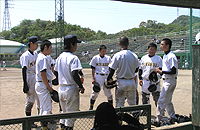 |
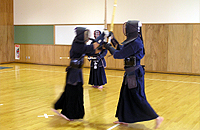 |
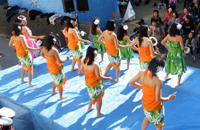 |
|
|
|
2 Culture
Gardening, Fine Arts, Tea Ceremony, Science, Volunteer, Events Study,
Guidance for University,
Acquisition of “Treatment of Dangerous Substances” |
 |
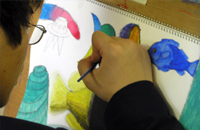 |
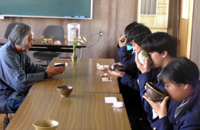 |
|
|
|
3 Fishery
Cutter, Diving, Growth, Production, Engine, Marine Engineering, Technology
for Information, Marine Farm |
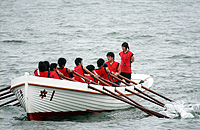 |
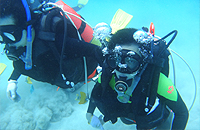 |
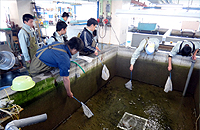 |
|
|
 |
|
Students made the video in English which introduced main tourist spots
in Gamagori city as a part of education for international understanding.
|
|
|
|
|



